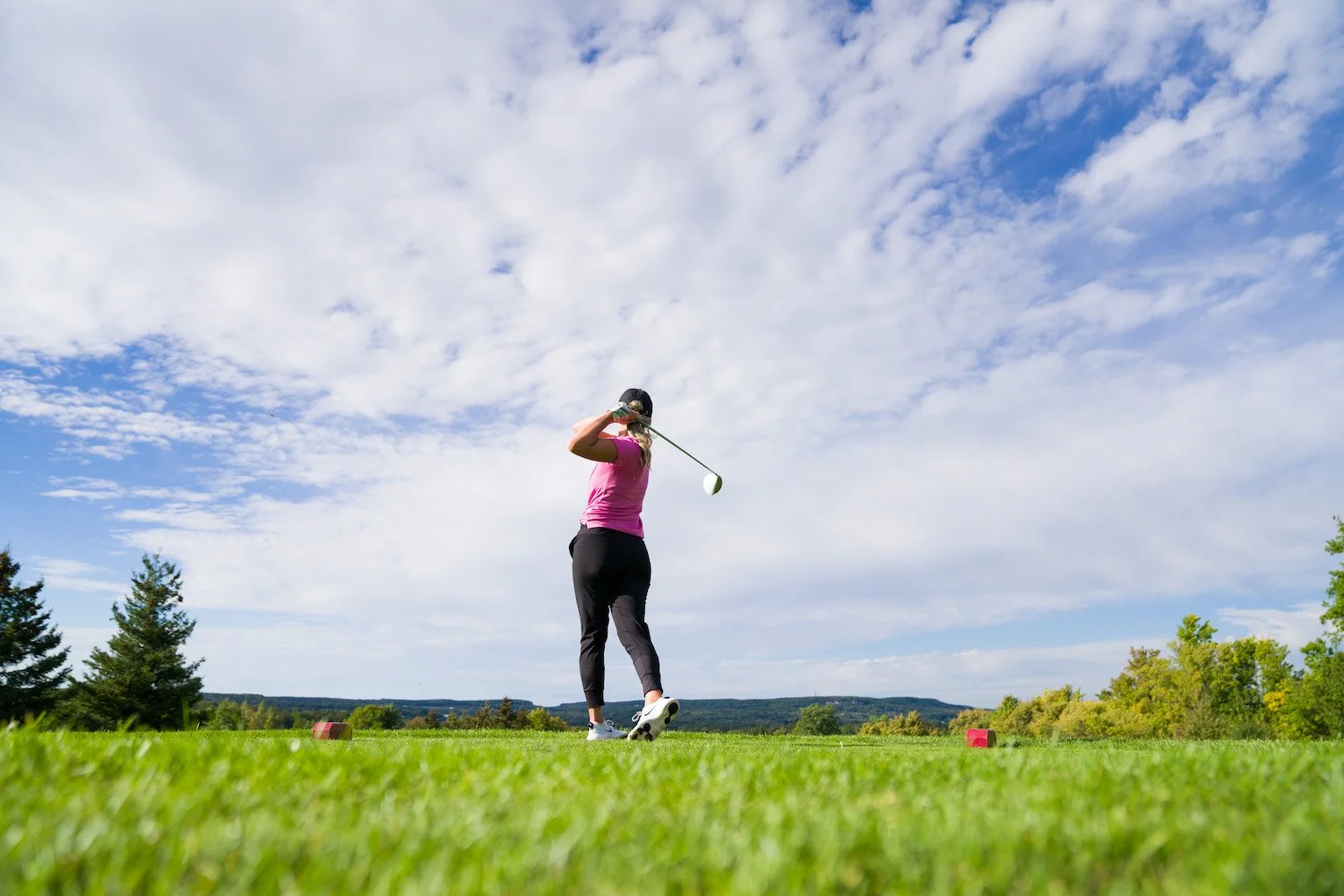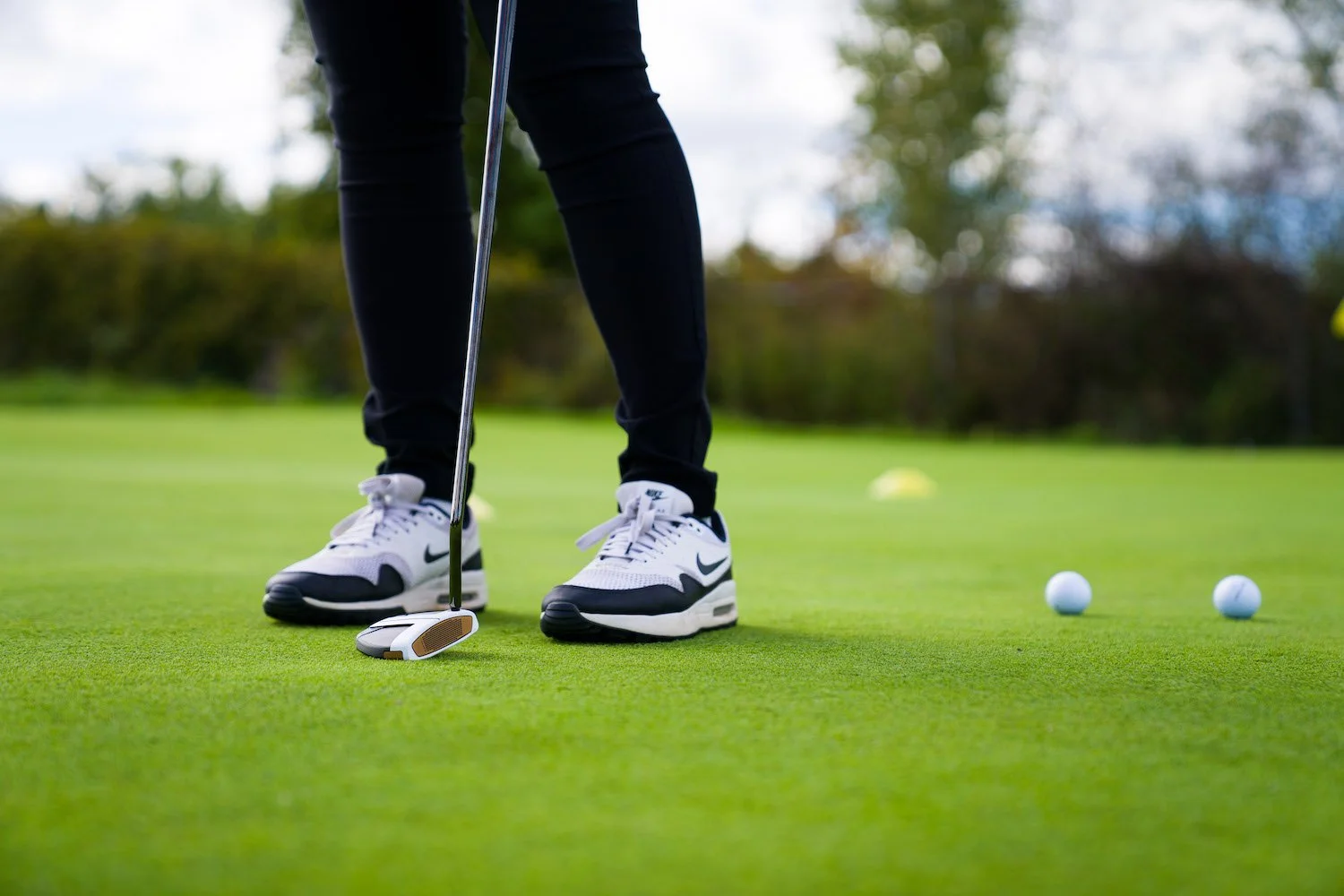Each Golf Club Explained
Golf clubs are the tools of the trade for every golfer but for newcomers to the sport, the array of clubs available can be overwhelming. Each club has its unique purpose and characteristics, applicable to different situations on the course.
Let’s dive into the world of golf clubs, one club at a time.
Driver
The driver is the longest club in the bag, designed for maximum distance off the tee. Together the large club head and longer shaft allow for powerful drives. The driver should be used on holes where distance is the priority, typically on par 4s and 5s when you need a big hit down the fairway. Mastering the driver requires a combination of technique, timing, and confidence. Focus on a smooth, controlled swing, and be sure to tee the ball at the optimal height for maximum distance and accuracy. With practice, the driver can become your go-to weapon off the tee, setting the stage for lower scores.
Fairway Woods
Fairway woods, typically labeled as 3-wood, 5-wood, or 7-wood, are versatile clubs used for long shots from the fairway or rough. They feature a slightly smaller head than the driver, making them more forgiving and easier to control. Fairway woods are handy when you need distance but want more accuracy and control than the driver provides.
Hybrids
Hybrids are clubs that combine elements of both irons and woods. They feature a smaller head than fairway woods but larger and more forgiving than long irons, making them easier to hit consistently. Hybrids are typically numbered like irons (2H, 3H, 4H, etc.) and are designed to replace the harder to hit long irons (2-5 iron) in your bag.
Irons
Irons are used for a variety of shots from the fairway, rough, or even around the green, offering precision and control. Numbered from 3 to 9, each iron has a progressively shorter shaft and higher loft than the last. Lower-numbered irons (3-5) are designed for longer shots with less loft, while higher-numbered irons (7-9) are used for shorter, more accurate shots with higher loft.
What is loft? Loft is how much a club face is angled. It is measured in degrees. Loft has a strong influence on the flight and distance of shots. More loft means that the ball will fly higher. Lower loft means that the ball will fly lower.
Wedges
Wedges are designed for shots requiring high loft and precise control. The most common wedges include the pitching wedge (PW), sand wedge (SW), and lob wedge (LW). Pitching wedges are used for approach shots to the green, sand wedges excel in bunker play and shots from the rough, while lob wedges are perfect for delicate shots around the green and over hazards.
Putters
The putter is arguably the most important club in the bag, used for rolling the ball smoothly on the green and into the hole. Putters come in various shapes and designs. Finding the right putter for your stroke and preference is crucial for consistent performance.
Understanding the role of each club in your bag is key to improving your game and navigating the challenges of the course effectively. With practice and experimentation, you’ll discover which clubs suit your playing style and help you achieve your desired results on the course.





